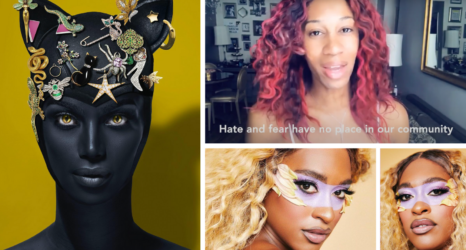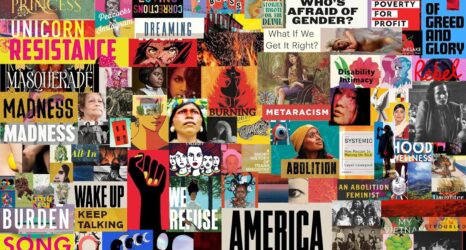Curator Grace Aneiza Ali was struck when she first came across the definition of women’s work in the Oxford Dictionary: “work traditionally and historically undertaken by women, especially tasks of a domestic nature such as cooking, needlework and child rearing.”
While the dictionary, first written by lexicographer James A. H. Murray in 1879, has been updated quarterly for nearly the past two decades, the definition of “women’s work” remains.
“My jaw dropped when I saw ‘women’s work’ still being this antiquated definition,” Ali said, “in what one would argue is one of the primary dictionaries in the world.”
It wasn’t because she devalued or dismissed this type of work that she was bothered—it was that the definition was so limiting. Her outrage begs the question: Who gets to define, and what happens when those being defined don’t have a say?
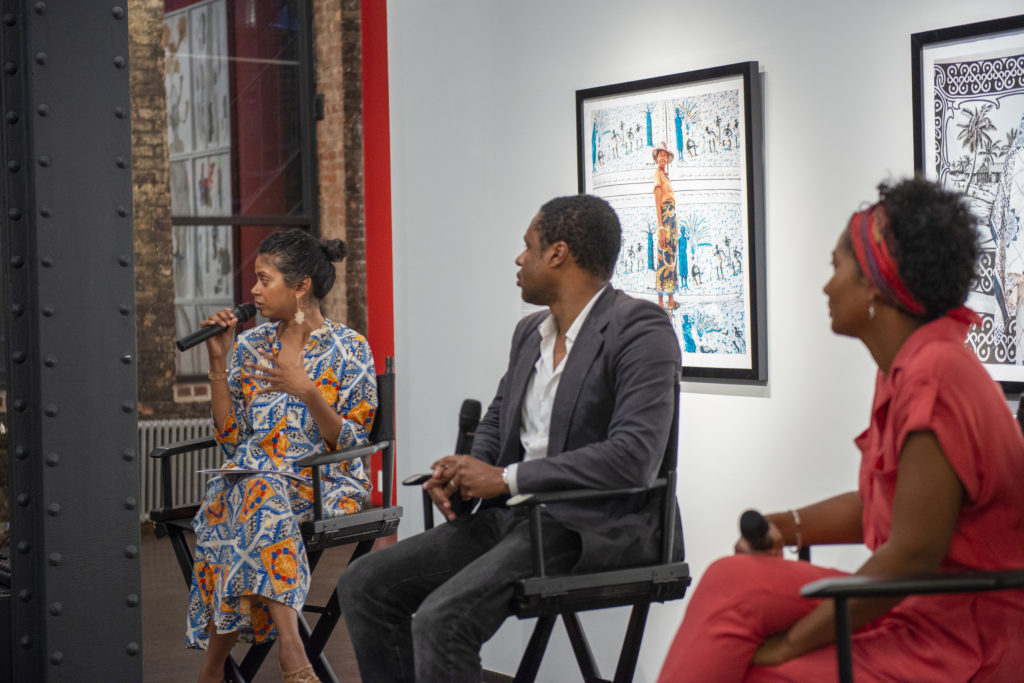
As a curator, founder of the art activism publication OF NOTE Magazine and Assistant Professor of Art & Public Policy at New York University, Ali turned to what she knew best to explore how this term could be reimagined for contemporary times. On display at Pen + Brush in New York City, the exhibition Women’s Work: Art & Activism in the 21st Century features the work of five women artist-activists—Sama Alshaibi, María Magdalena Campos-Pons, Suchitra Mattai, Miora Rajaonary, and Ming Smith—whose roots span the globe. Each engage the current political moment via their artmaking.
Ms. spoke with Ali about the importance of art and language in shaping how we think—and why “women’s work” should be expanded to include acts of resistance.
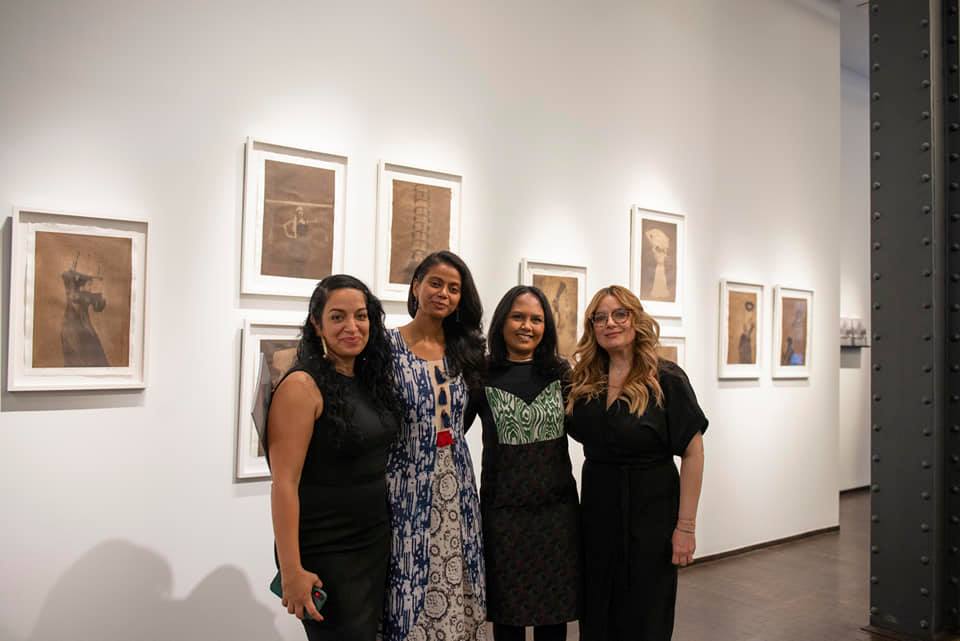
This exhibition uses the Oxford Dictionary definition as a jumping off point. Why was this the catalyst?
Language is so critical to every single thing that we do. Language can be used as a tool of liberation. It can equally be used as a tool of oppression. So when we ask people to shift the way they think about a particular idea, we have to start with language.
Women have already been doing the work; transcending these definitions and parameters of what women’s work is, but here we are with this definition still very much intact and still very much used. I wanted to use art to trouble that definition, call attention to it and provoke it.
At the exhibition itself, the thing that women have responded the most to is the fact that the Oxford Dictionary definition [of ‘women’s work’] is projected onto the wall. So many women are in awe that this definition still exists. They think it’s an artwork on the wall. They’ll ask, “Who’s the artist for this?” I tell them, “Oxford.”
The show is part of Pen + Brush’s 125th anniversary year. Why was it a perfect fit, and what did it take to make it happen?
If there was an institution, both historically and contemporarily, that embodies the definition of women’s work, it’s Pen + Brush. It’s women-run, women-led and women-driven—and has a long history of being committed to women in the arts.
As an all-women staff working on this together, we did everything from conceiving the idea to writing exhibition text to painting the walls. We did all the gendered “female” and “male” parts of an entire curatorial process—not only the intellectual heavy lifting, but the labor of what it takes to physically install a show. We measured, hung nails, installed the work. So moving away from these gendered ways of seeing curatorial work and installation was also really critical and important to this definition of “women’s work.”
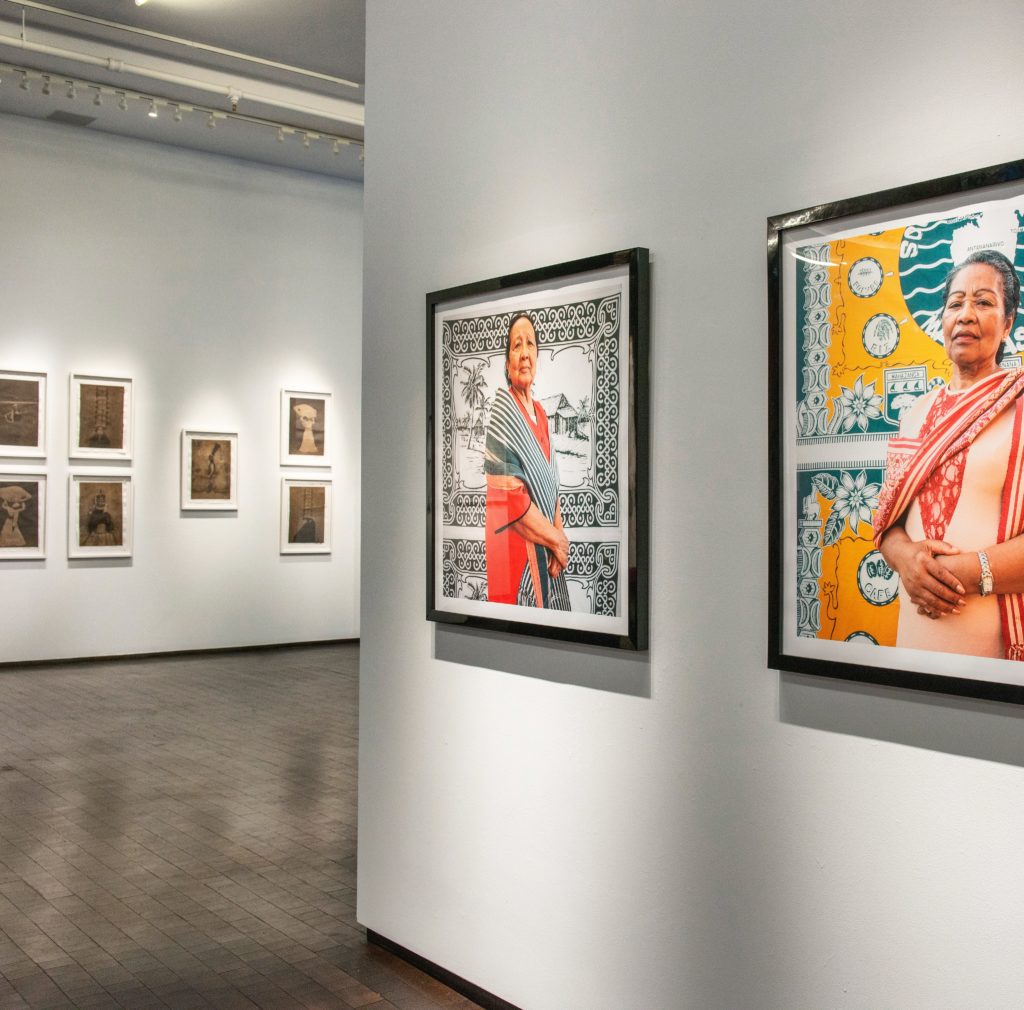
What was your first impression of women’s work?
As little girls, no matter where we are in the world, we’ve heard that phrase. When I was growing up in Guyana, my mom would say to me, “No, your brother doesn’t need to do the dishes. That’s girls’ work, that’s women’s work.” She didn’t trouble the definition, and I don’t fault her for that because my mother learned it from her mother, and my grandmother learned it from her mother.
These definitions are very generationally rooted. They’re ancestrally rooted. They’re certainly culturally rooted.
In terms of the wider political context, can you talk a little bit more about how troubling this definition connects with the wave of more publicized activism you’re seeing women engaging in now?
Well, I’m sitting here now doing this interview from the Mall in Washington, D.C. I was right here in 2017 for the Women’s March and heard now presidential candidate Kamala Harris speak. She asked all of us, the millions of us gathered on the Mall: “You want to talk about women’s issues? Let’s talk about the economy, national security, health care, education, criminal justice reform, climate change…”
What she was doing in that speech was asking us to also expand the notion of women’s issues and women’s work from these gendered perspectives. Women have always been taking care of the environment. Women have always been environmental activists. Women have always been thoughtful about climate change or the economy. Women have always been fighting for our human and civil rights.
When we think of women’s work and women’s issues, we don’t necessarily think of those things. And that is the change that needs to happen.
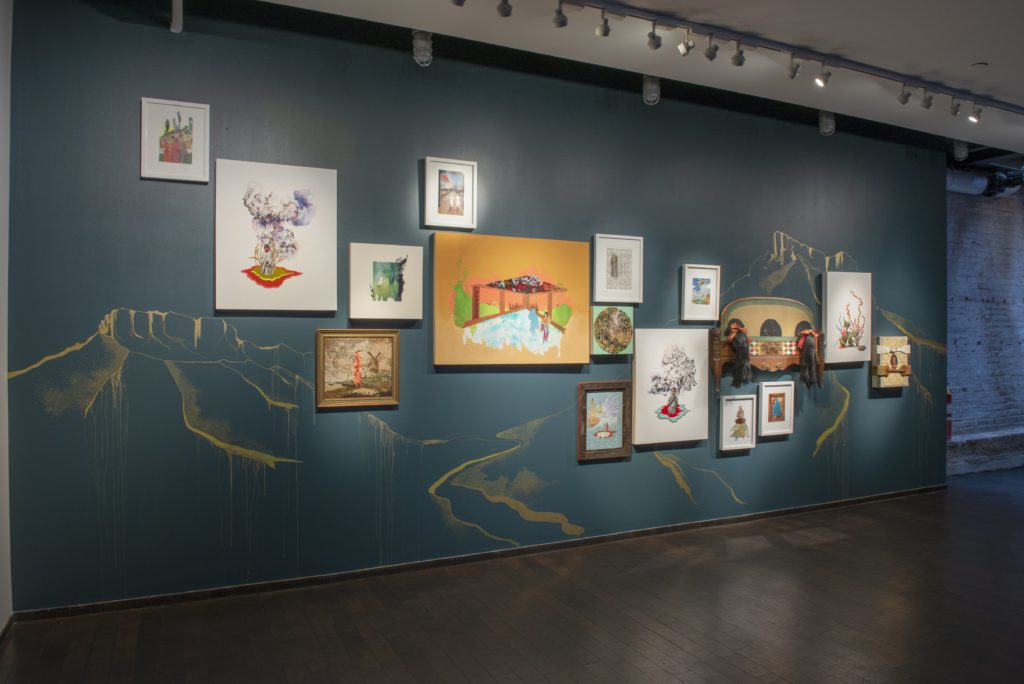
In speaking of the artists in the exhibition, you say in your curator’s essay “to bear witness, to document, to be of service, to show up and be present, to be counted in lands near and distant, is women’s work.” Can you elaborate on how and why you chose these five women to illustrate this?
As artists, the language of protest of these five women can be found in their art—and in turn, that art is rooted in activism, in justice, in service and in resistance. They come from some very key countries and spaces and places where women and the contributions of women have been largely eclipsed or absent or silenced or invisible. So it was important for me to tell a very nuanced story of what women’s work can be globally.
For a place like Madagascar, which is largely under-the-radar and exoticized, who’s writing the narrative of that history? It’s not women. So for photographer Miora Rajaonary to have Malagasy women pose center-stage in her portraits is incredibly powerful and political. She’s centering women as the history-makers and history-tellers of that place. As a Cuban woman, Maria Magdalena Campos-Pons returns to the healing qualities of the traditional cultures of her homeland. In centering the campana flower in her work, she shows that women’s work is rooted in a deep reverence for elevating the seemingly ordinary or dismissed into the sublime.
Suchitra Mattai is weaving saris together to create these beautiful landscapes that speak to her own personal migratory paths, and to the history of migration she embodies as a woman of the Indian diaspora whose ancestors came from India to Guyana through the system of indentured labor to work sugar and rice plantations. Ming Smith’s documentation of her body in places as far away from the U.S. as Egypt and Senegal and Cuba is an incredible act of resistance—especially as a Black woman, where traveling can be a form of revolution and radicality. I also see those images of her in front of the pyramids of Giza, and think about the Arab Spring revolution, and how so many women journalists were on the frontlines, witnessing and documenting that turning point in our history.
If you look at what Sama Alshaibi does in her portraits, she’s specifically carrying a weight. On one hand, you read that as an ancestral and cultural burden that women have to deal with in the Middle East. On the other hand, you see this is a woman with agency. This is a woman that, despite the history of that weight, is still moving forward.
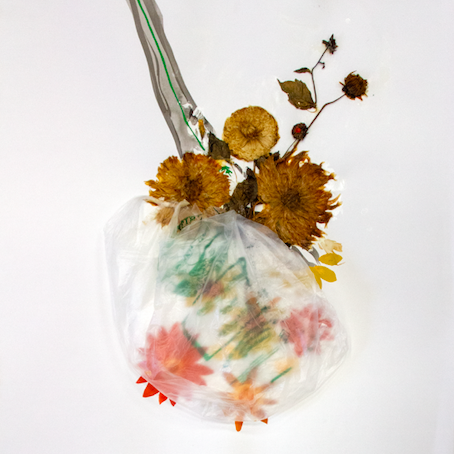
Your curatorial practice often centers on restorative narratives, stories of resilience and recovery amidst difficult times. Why?
That’s the art that I’m interested in, the kind of art that moves me. Art that reminds me of the problem and absences and silences and silos, but also shows me the way out. Just focusing on the problem is keeping us in a static place.
What is the pathway to reconciliation? What is the pathway to healing? What is the pathway to awareness? What is the pathway to completely dismantling this thing and turning it around? Show me how this art allows us to move forward, even in a minute way.
As a mother myself, I’m particularly interested in artists who grapple with the dual roles of artist and mother. Can we turn to them to lead the conversation about reimagining women’s work, and what unique perspective do you think they bring?
All five of these artists are mothers and they’re all mothers to sons. I would imagine for these sons to watch their mothers model what it’s like to be women artists and activists, defining and shaping what women’s work means, is incredibly powerful.
The question that it leads me to is: What does it mean for young boys in the formative phases of their lives to see this definition of women’s work so early on, and how will that show up in their lives as adult men?
How do you hope that this exhibition changes the wider conversation around women’s work?
I hope it causes us to reflect on where we first got our impression of women’s work, and how that impression has shaped us in our adult lives. Because I really think that’s where it starts. If we start from there, then we’ll begin to dismantle it, rethink it and come up with our own definitions.
Since the show, there’s been this lovely way of using the phrase that’s filled with pride. It’s charged with something really beautiful and good and nuanced. I love hearing people casually say in the exhibition, “Well, that’s women’s work.” and the subtext of what they’re saying is, “That’s pretty amazing!”




